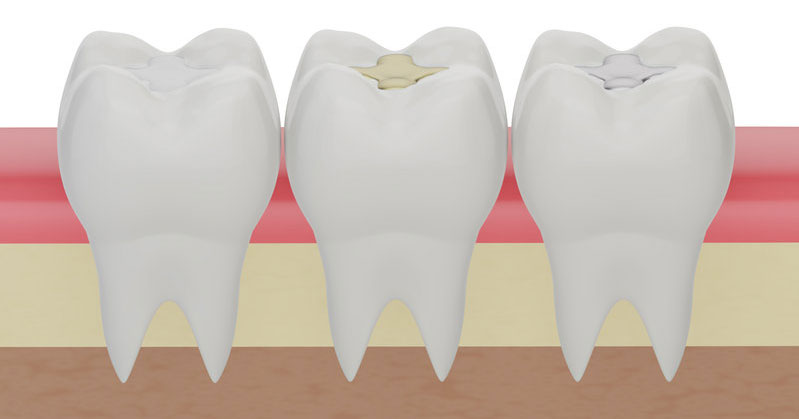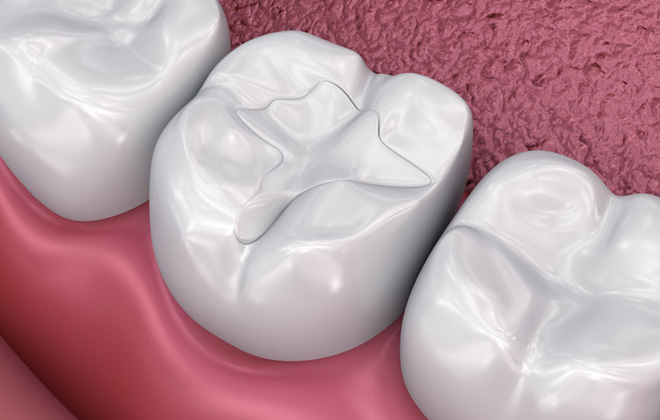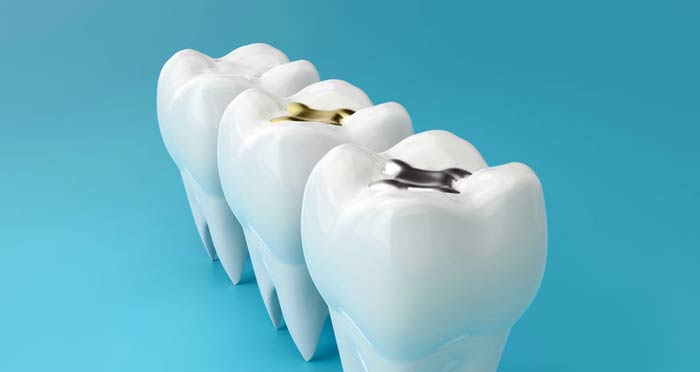When you’re facing the need for a dental filling, one of your primary concerns might be the longevity of the treatment. At Bespoke Dental Studio, we understand the importance of durable solutions and patient education. In this article, we explore how long a dental filling lasts and provide you with crucial information to ensure your dental health remains optimal for as long as possible.
Understanding Dental Fillings at Bespoke Dental Studio
Dental fillings are a common procedure used to restore teeth damaged by decay back to their normal function and shape. At Bespoke Dental Studio, our approach ensures that each filling is crafted with precision, tailored to your specific dental needs. But exactly how long does a dental filling last? The lifespan of a dental filling can vary significantly, influenced by factors like the filling material, the extent of the decay, your oral hygiene practices, and regular dental check-ups.
Type of Filling Material
The material used for your dental filling plays a crucial role in determining its durability. Amalgam fillings, known for their strength, can last up to 15 years. Composite resins are popular for their aesthetic appeal and typically last about 5 to 10 years. Ceramic and gold fillings, though more costly, can endure for more than 15 years with proper care.
Location of the Filling
Fillings placed in molars endure more wear and tear due to chewing forces. Fillings in these areas may have a shorter lifespan compared to those in front teeth, which encounter less stress.
Size of the Filling
How long a dental filling lasts can also depend on the size of the filling. Larger fillings that cover more of the tooth’s surface are generally less durable than smaller ones, as they bear more force and have a greater chance of fracturing.
Oral Hygiene Practices
Good oral hygiene is essential for prolonging the life of your dental fillings. Regular brushing twice a day, flossing, and using an antibacterial mouthwash can help prevent decay around the new filling.
Dietary Habits
Frequent consumption of hard, sticky, or sugary foods can compromise your fillings. To extend the life of your fillings, it is advisable to avoid excessive consumption of such foods and beverages.
Clenching and Grinding Your Teeth
Patients who clench or grind their teeth may see their fillings fail sooner than expected. If you have bruxism, consider discussing protective options like a night guard with your dentist at Bespoke Dental Studio.
Regular Dental Check-Ups
Routine visits to Bespoke Dental Studio allow for the early detection of issues with fillings, such as cracks or wear, ensuring they are addressed promptly to avoid major repairs or replacements.
Underlying Dental Issues
Underlying conditions such as gum disease can affect the longevity of dental fillings. Managing these issues is crucial to maintain the integrity of your fillings.
The Precision of the Filling Placement
The skill and precision with which a filling is applied are significant. At Bespoke Dental Studio, our expert dentists ensure that each filling is placed with the utmost accuracy, which enhances its lifespan.
Your Overall Health
General health conditions, such as diabetes, can impact oral health and thereby affect the durability of dental fillings. It’s important to manage these conditions effectively.
Ensuring the Longevity of Your Dental Fillings
At Bespoke Dental Studio, we’re committed to providing high-quality dental care that addresses both immediate needs and long-term oral health. Understanding how long a dental filling lasts and taking proactive steps to care for your dental fillings can lead to better dental health outcomes. Book an appointment at Bespoke Dental Studio today to discuss how we can help extend the life of your dental fillings and keep your smile beautiful and healthy for years to come.






